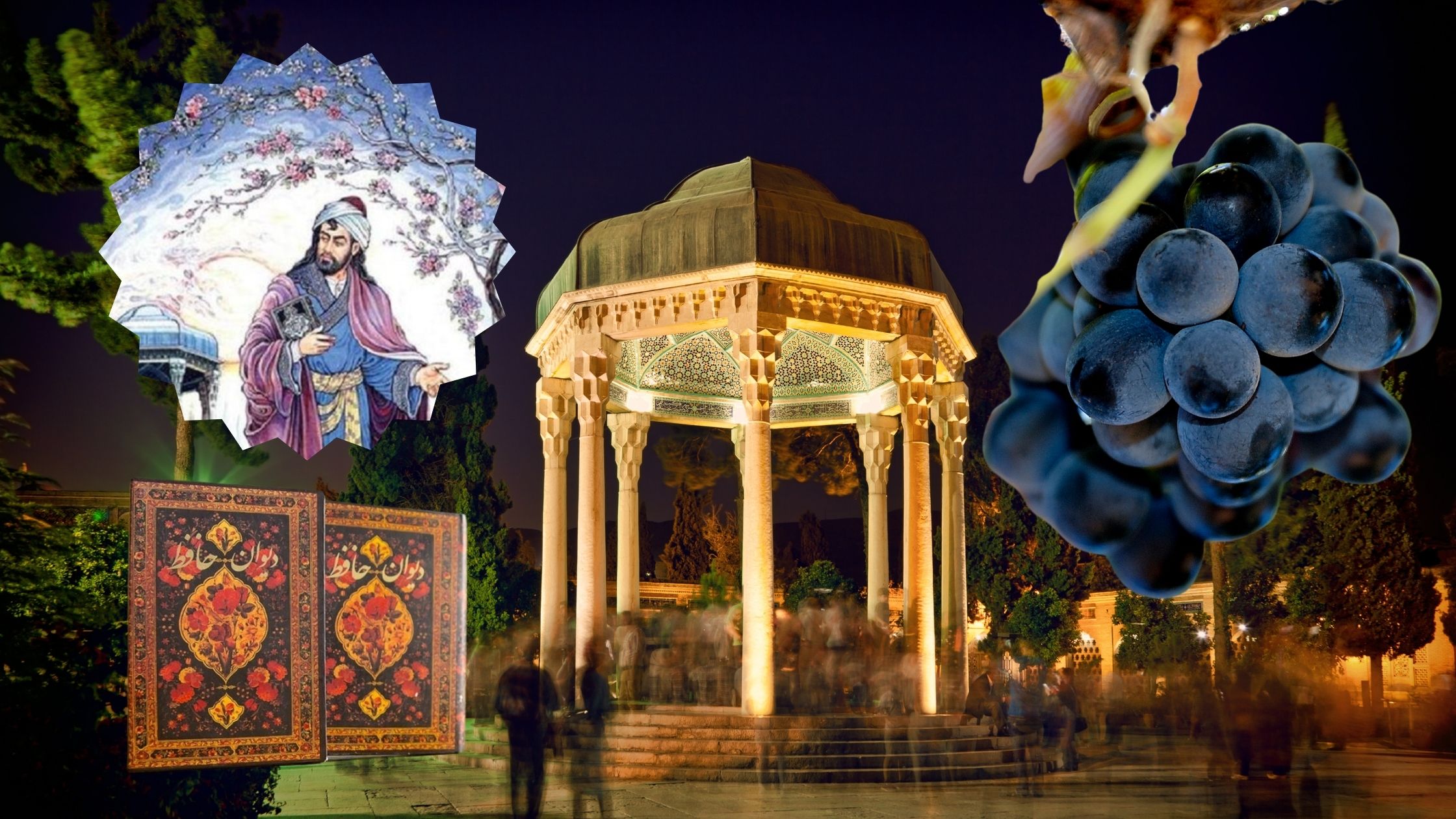A Reflection on the Complex Emotions in Hafez’s Timeless Verse.
Hafez Shirazi, the celebrated Persian poet, has an unparalleled ability to weave complex emotions into a few lines of poetry. His verses often explore the interplay of love, justice, and divine grace, inviting readers to delve deeper into their own hearts. One such couplet reads:
وان که گیسوی تو را رسم تطاول آموخت
هم تواند کرمش داد من غمگین داد
Translated into English, it says:
"The one who taught your tresses the art of tyranny,
Can also, through grace, grant justice to my grieving soul."
Interpreting the Poem
Hafez begins by addressing the beloved’s hair, a common symbol in Persian poetry, representing beauty, allure, and entanglement. The poet speaks of the beloved’s tresses as tyrants, suggesting that their captivating charm causes suffering in the lover’s heart. This suffering, however, is not born out of malice but out of love’s inherent paradox—the joy of adoration intertwined with the pain of longing.
In the second line, Hafez acknowledges the dual nature of the divine or the beloved: the same force capable of inflicting emotional anguish is also capable of delivering justice and relief. Here, "grace" is portrayed as a balancing force that can heal the wounds caused by love’s "tyranny."
The Themes of Tyranny and Grace
Hafez often uses the metaphor of tyranny to describe the beloved’s unintentional cruelty. In this couplet, the "tyranny" of the beloved’s tresses suggests the irresistible power of beauty and the way it ensnares the lover. Yet, Hafez does not frame this tyranny as entirely negative. It is part of the natural order of love, where pain and pleasure coexist.
The concept of grace, on the other hand, brings hope and resolution. It is an acknowledgment that even the harshest trials of love can be mitigated by the beloved’s kindness or the divine’s mercy. This interplay of cruelty and compassion reflects the human condition—our struggles and the redemption we seek.
Relevance to Modern Life
Hafez’s couplet resonates with anyone who has experienced the bittersweet nature of love. In relationships, we often feel both the sting of longing and the warmth of connection. Hafez reminds us that the very source of our heartache can also be the source of our healing.
On a spiritual level, the poem speaks to the dual aspects of life itself. Just as beauty can captivate and wound, life’s challenges can lead to growth and enlightenment. The poet’s faith in grace and justice offers a comforting reminder that no pain is without purpose, and no longing is without resolution.
The Beauty of Hafez’s Imagery
Hafez’s use of imagery is as captivating as the themes he explores. The image of the beloved’s tresses—often described as dark, flowing, and alluring—creates a sensory experience for the reader. It draws us into the emotional world of the poet, where beauty and pain are inextricably linked.
The act of teaching the tresses "the art of tyranny" adds a layer of personification, making the beloved’s beauty an active participant in the poet’s emotional turmoil. This blend of imagery and emotion is what makes Hafez’s poetry timeless and universally relatable.
Conclusion
Hafez Shirazi’s verse is a testament to the complexity of love and life. Through the metaphor of the beloved’s tresses and the interplay of tyranny and grace, he captures the essence of human longing and the hope for resolution.
This couplet reminds us to embrace life’s dualities—the pain and the pleasure, the longing and the fulfillment. In doing so, we find a deeper appreciation for the beauty that surrounds us and the grace that sustains us.
Let us take a moment to reflect on Hafez’s words and seek both the courage to endure love’s trials and the faith to await its grace.
How does this post feel to you? Write in the comments.





